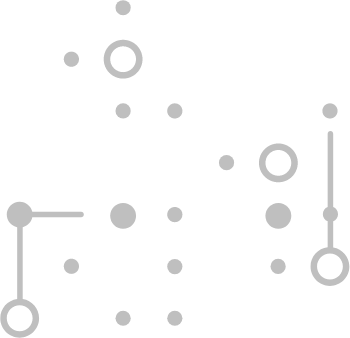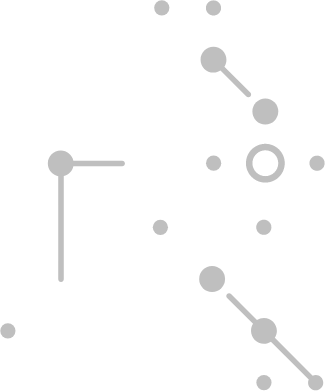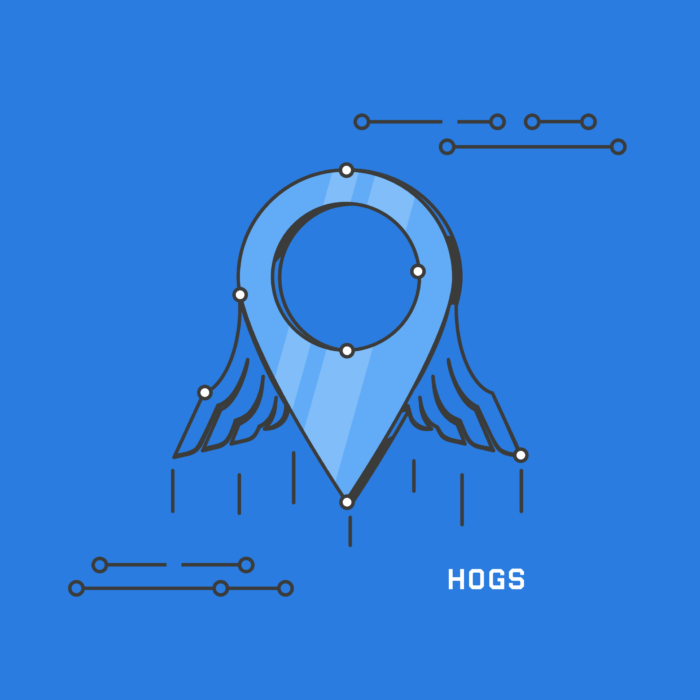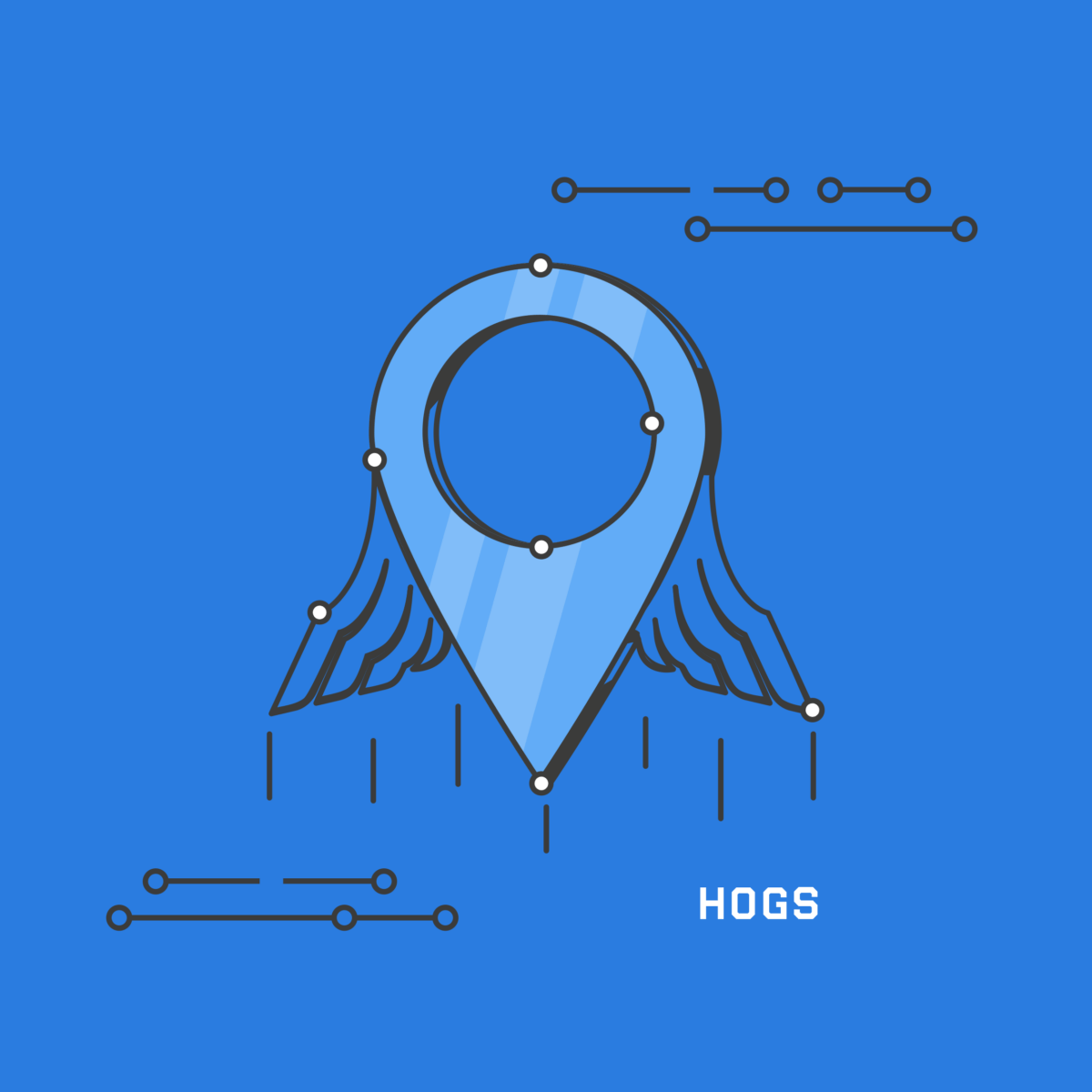



Automation as the Key to Scalability for the HOGS aiTMS Platform
Hogs is an innovative and dynamically growing technology company that is a leader in its niche within the Central and Eastern European logistics market.
The heart of all company operations and its key product is the proprietary, advanced HOGS aiTMS platform. The platform is used for comprehensive transport and freight forwarding management.
Designed for maximum efficiency, HOGS aiTMS uses advanced algorithms to optimise routes, manage fleets, and monitor shipments in real-time. It is a crucial work tool for both the internal Hogs team and its clients, who use it to automate and streamline their logistics processes.
The Importance of Resilience in Logistics
The HOGS aiTMS platform is the operational backbone for logistics companies. Every minute of system downtime translates into real financial losses and supply chain delays, which is why resilience is not a luxury but a fundamental business requirement. HOGS’ clients expect guaranteed business continuity, and losing access to the platform during peak hours could paralyse their operations. Technically, the application experiences sharp traffic spikes, so its architecture must be able to scale dynamically to handle these peaks without performance degradation.
The Challenge: Unscalable Infrastructure and Risk of Downtime
The decision to migrate from the on-premise infrastructure at OVHcloud to the AWS cloud was a strategic move aimed at solving fundamental issues that were hindering the HOGS platform’s growth. The previous environment generated a range of technical and business problems:
Lack of Scalability: During traffic peaks, the application would become unavailable, leading to user frustration and business losses. The infrastructure could not flexibly adapt to the load.
Cost Inefficiency: The lack of scaling also applied to the database, which had much lower usage at night but generated constant, high costs.
Lack of Automation: The process of deploying new application versions was fully manual, which slowed down product development and increased the risk of human error.
Reactive Approach: No 24/7 monitoring meant long incident response times. Instead of focusing on innovation, the HOGS team had to constantly “put out fires.” The company needed a partner who could provide a stable, predictable, and fully automated environment.

A Partnership for Reliability: Choosing a Proven DevOps Expert
HOGS was looking for a partner with documented experience in complex cloud migrations and implementing modern DevOps practices. The choice fell on Tenesys as a team that could not only perform the migration but, above all, design and build a new, automated architecture from scratch, ready for future growth, and cover it with professional maintenance.
Implementation and Migration Strategy: Four Steps to Automation
In response to the identified problems, we presented a clear plan for transforming the HOGS environment:
Step 1: Design and Migration Plan: We began by preparing a detailed proposal for a new infrastructure in AWS, based on containerisation, along with a precise migration plan.
Step 2: Adaptation and Automation: We adapted the application to run in a Kubernetes (EKS) environment, creating dedicated Helm charts and building fully automated CI/CD processes in GitLab from scratch.
Step 3: Testing and Data Migration: After completing tests on the test cluster, we carried out a zero-downtime data migration from the MariaDB database on a virtual server to the fully managed AWS RDS service.
Step 4: Launch and Taking Responsibility: We launched the application in the new, production environment and immediately placed the entire infrastructure under proactive 24/7 monitoring and maintenance, taking full responsibility for its stability. The monitoring was based on Telegraf, Loki, and notifications from AWS Health sent via custom Lambdas.

The Transformation: Measurable Successes and a New Level of Quality
The implementation of the new architecture brought immediate, tangible results. Manual and risky deployments were replaced by a fully automated CI/CD pipeline using ArgoCD, which allowed for an increase in the number of deployments.
To guarantee the system’s resilience to errors, all production changes within this process go through automated unit, integration, and end-to-end tests. The entire production environment, including the Kubernetes (EKS) cluster and the RDS database, was deployed in a Multi-AZ (multiple availability zones) architecture. The Multi-AZ architecture was a key technical decision. It eliminates single points of failure—in case of issues in one AWS data center, traffic is automatically routed to another zone.
Additionally, it ensures high database availability, as AWS maintains a synchronous replica. In case of failure, the switchover to it is seamless for the user. Key resilience metrics were also defined:
- Target RPO (Recovery Point Objective): Under 15 minutes. In logistics, losing even a few minutes of data (e.g., shipment status) can lead to serious operational problems. An RPO of 15 minutes is a business-acceptable trade-off between cost and risk.
- Target RTO (Recovery Time Objective): Under 1 hour. According to agreements with clients, HOGS must guarantee system recovery within one hour. Thanks to the Multi-AZ architecture, the actual recovery time is typically much shorter.
To solve the key scalability problem, the Kubernetes (EKS) based infrastructure was extended with Karpenter. This allowed for dynamic resource autoscaling, enabling the system to automatically adapt to changing loads, maintaining high availability and resilience against sudden traffic spikes.
The implemented 24/7 monitoring became a key element guaranteeing high availability. Thanks to automated alerts and clearly defined procedures, the on-call team can quickly detect and resolve incidents, which drastically shortens response time and increases the system’s real availability.
Additionally, cost optimisation was introduced using AWS Lambda to automatically scale the database outside of business hours, which tangibly reduced costs. The result of the entire transformation is peace of mind, predictability, and full control over the environment.
Technology as a Guarantee of Growth: The New Reality for HOGS
Today, the HOGS platform operates in a new reality – one where traffic spikes are a natural part of business, not a source of concern about stability. HOGS has solid, scalable technological foundations and a partner who ensures their 24/7 reliability, allowing the company to safely plan for further development and strengthen its position as a leader in the logistics industry.
Key Results:
- Achieved 99.95% system availability: System availability increased to a level compliant with requirements for critical applications, translating to a maximum of 4.38 hours of downtime per year.
- Reduced incident response time to under 15 minutes: The Mean Time to Acknowledge (MTTA) for 100% of critical incidents was reduced from several hours to just a few minutes.
- Implemented automatic database scaling, which significantly optimized costs.
- Increased production deployment frequency: Deployment frequency increased from once a month to several times a week thanks to full CI/CD automation.
WE USED THE SERVICES:
“The collaboration with Tenesys has been a valuable experience and an opportunity for us to grow. Thanks to their support, we have built a scalable environment for the HOGS platform, and in the process, we have gained a great deal of practical technological knowledge. This partnership has allowed us not only to pursue our growth strategy with greater peace of mind but also to expand our competencies and better prepare for future challenges.”
Paweł Pisarski, IT Systems Supervisor at HOGS


